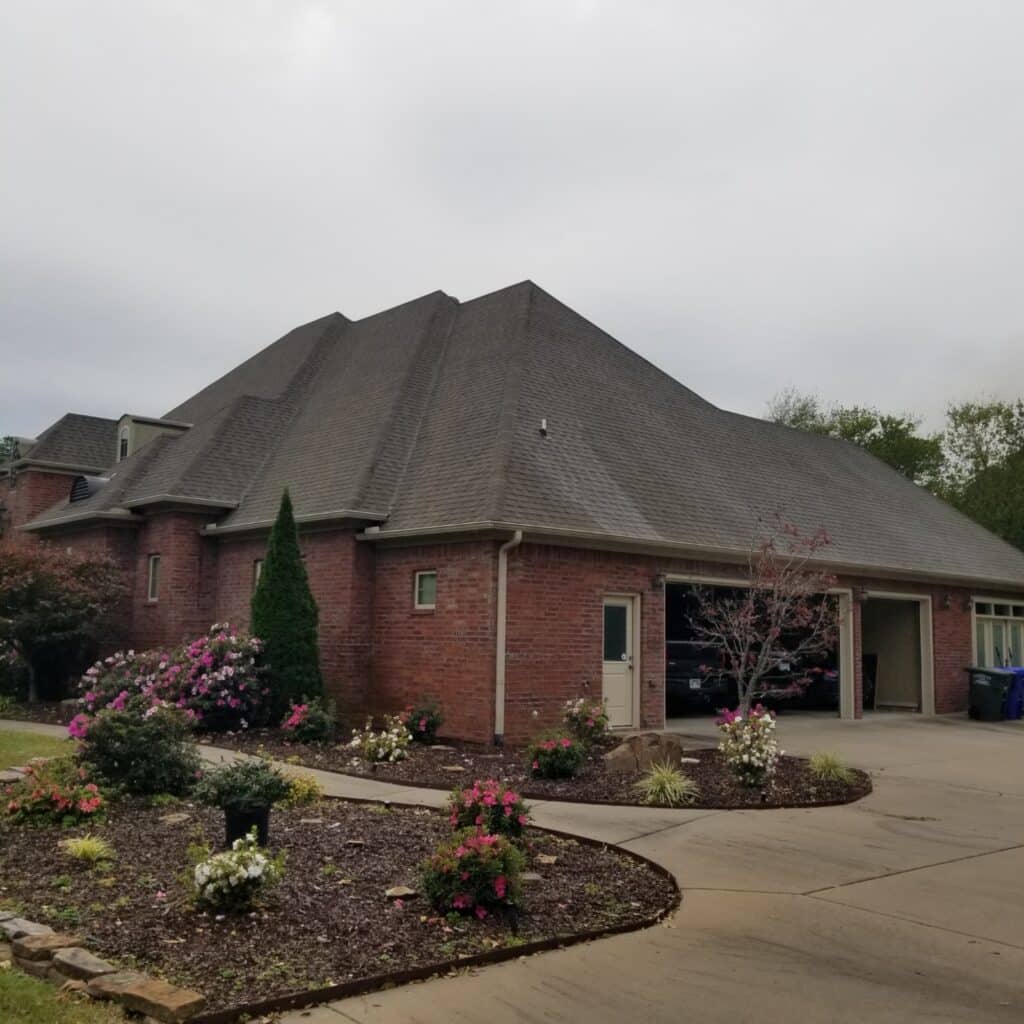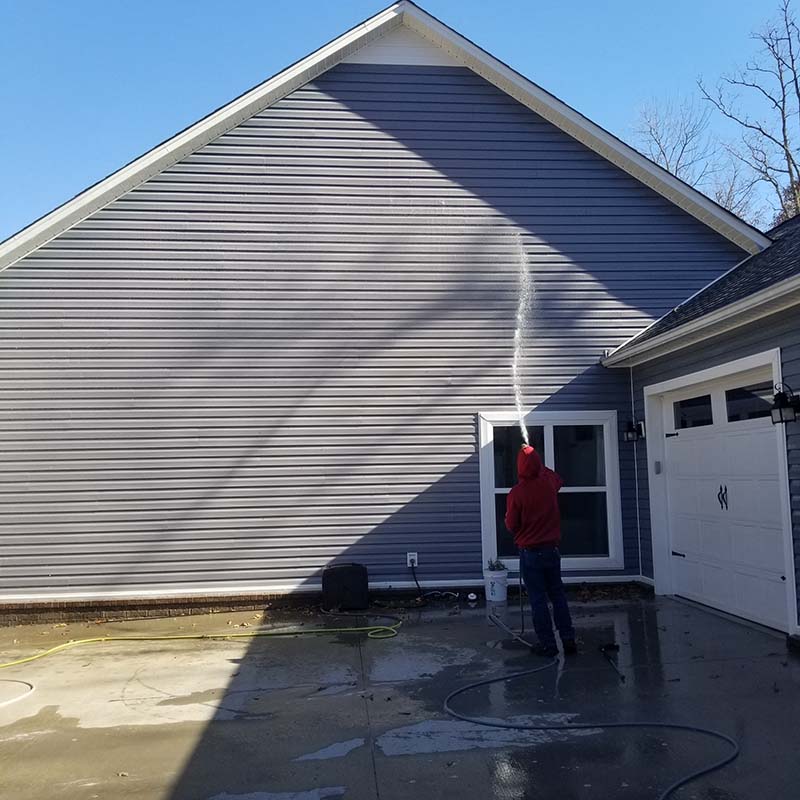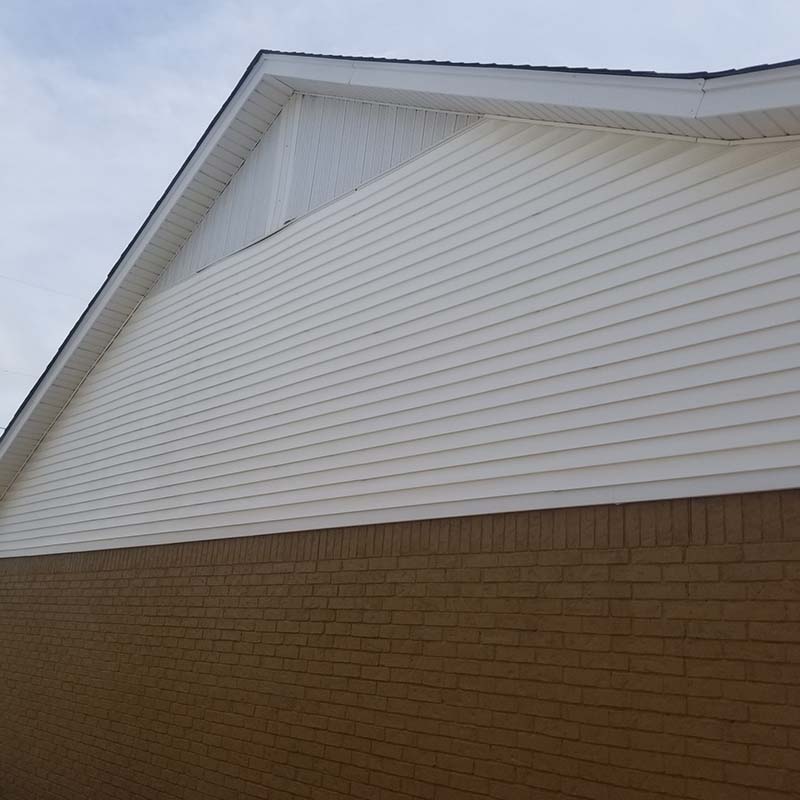All You Need to Know When Power Washing a House
Power washing a house is an effective way to clean the exterior of a house and protect its paint job. It removes mildew, dirt, and debris, leaving the house with a fresh appearance.
Safety First
It’s important to remember that power washing, even with the right equipment, can damage surfaces and if not done properly can cause injuries. That’s why it’s best to hire a professional to handle this job. They will have a ladder, platform vehicle, and the knowledge to get the job done safely.
First, clear the area around your house. This means removing or covering anything you don’t want to be hit by the water stream, such as flower beds, bushes, or garden plants. You should also cover or remove light fixtures, air conditioner compressors, and any outdoor electrical outlets. This will prevent you from accidentally getting a jolt of electricity or spraying water into them which could cause an outage.

Also, make sure to read your user manual completely and follow all instructions for using the equipment. You should also always use safety goggles to protect your eyes. It’s a good idea to do this work in the afternoon when the sun will help heat up surfaces and dry the water quickly.
Preparation Is Key
Power washing, also known as pressure washing, uses a jet of pressurized water to remove dirt and grime from the surfaces of your home. Dirty surfaces are an eyesore and a breeding ground for mildew, mold, and other contaminants that can cause allergies when inhaled.
A regular power wash with a professional washer removes these organisms and makes your home look new again. It is important to have this done regularly if you want your house to maintain its value and curb appeal.
Before the pressure washer hits your house, you should cover or shut off any openings that can allow water inside. This includes your windows and doors. You should also cover outlets, doorbells and light fixtures, so they don’t get sprayed with water. You should also put on a pair of ear and eye protection and familiarize yourself with the equipment before turning it on. Also, make sure you use a detergent that is designed for your type of siding.
The Right Equipment
Having the right equipment is essential for any Power washing job. A basic machine with a hose and nozzle can be used for smaller areas, but a professional will have a more powerful washer that is equipped to handle larger jobs.
Detergent solutions are also necessary for the best results. There are specific detergents designed for cleaning house siding and other surfaces.
A telescoping extension wand can make washing a two story house easy and there are attachments to reach gutters safely. It is also important to have a ladder that can support your weight if you need to get up high.

Power washing can remove substances that are harmful to a home’s exterior like mildew, mold, and dirt. This prevents these substances from causing damage and makes the home more attractive. It can also increase a home’s value by making it look like it just had a fresh coat of paint. A regular cleaning schedule will ensure that the home remains in good condition.
The Right Company
While it is certainly possible to power wash a house yourself, you should always have professional pressure washing done. This helps protect your investment and can help prolong the lifespan of siding, concrete, brick and wood surfaces.
Make sure to choose a company with experience and proper equipment, as well as insurance that covers liability in case of damage to your property. In addition, make sure to hire a company that knows how to use the pressure washer correctly and safely, especially if you are cleaning a surface with an elevated height such as a porch or roof.
It’s also important to know that you should never power wash a house that has lead paint on it, as applying forceful water pressure can break up and spread this toxic substance around your home. Also, remember that a power washer is loud and can cause debris and water to spray back at you, so be sure to wear eye and hearing protection.





